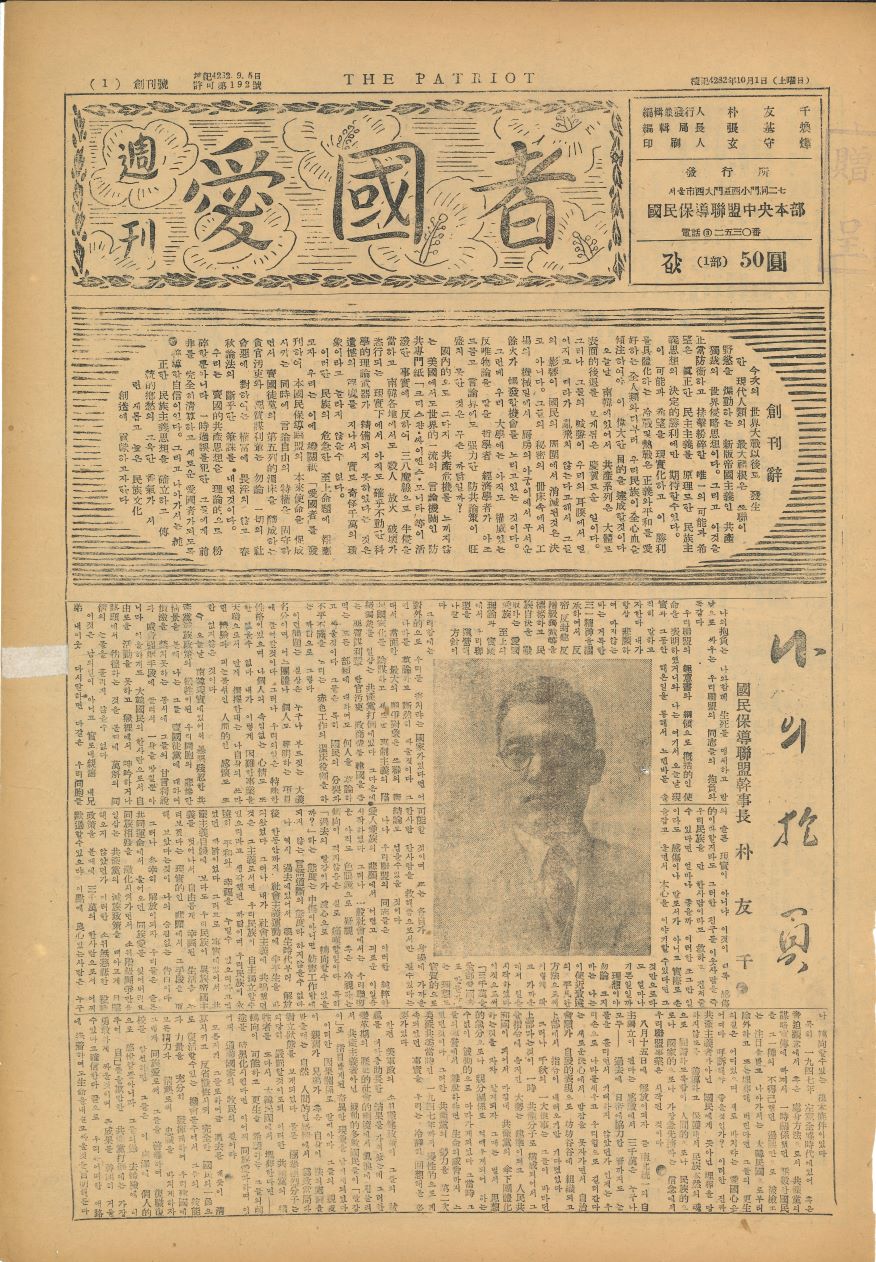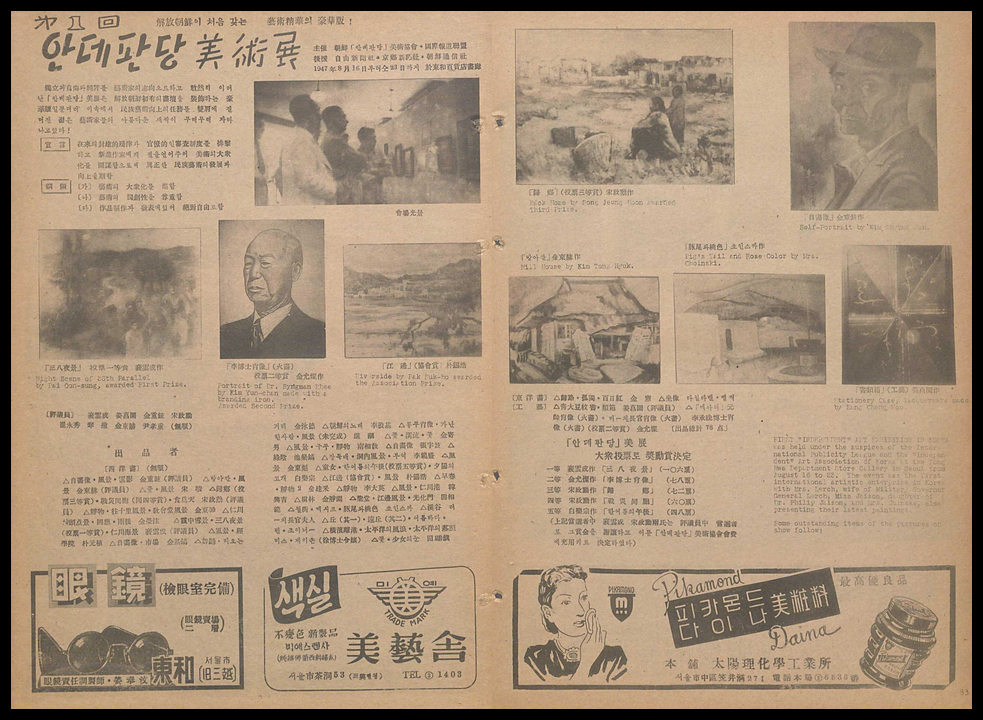
The First Independent Art Exhibition, Pictorial Korea vol.8, Seoul: International Publicity League of Korea, 1947, 32-33
Indépendant Exhibition (1947)
* Source: Multilingual Glossary of Korean Art. Korea Arts Management Service
Find More
-
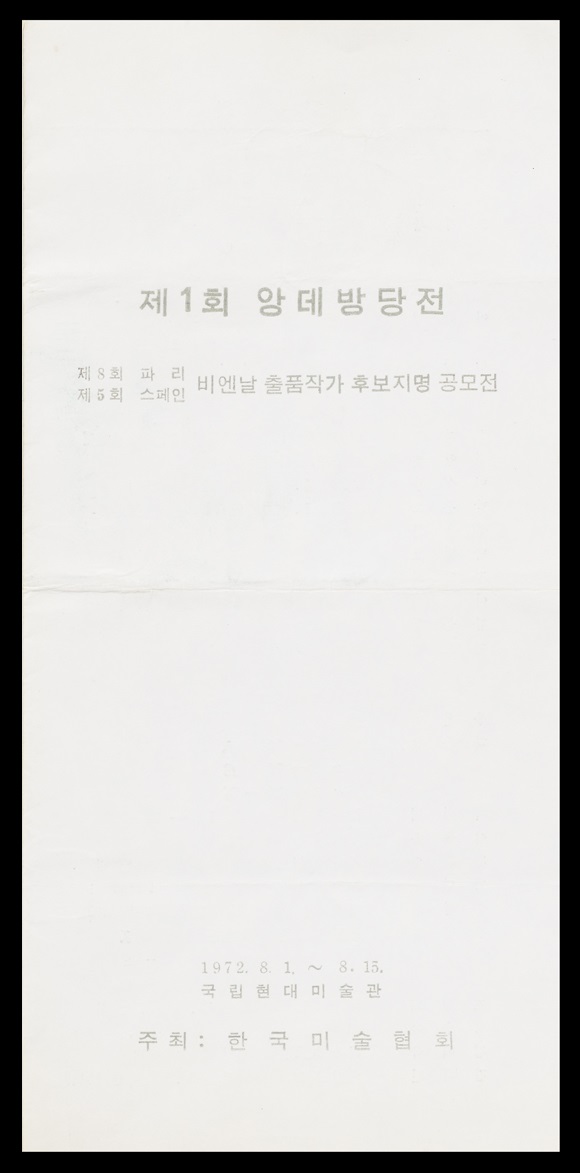
Independants (1972)
Indépendants is an exhibition held by Korean Fine Arts Association [Hanguk misul hyeophoe] to solve problems of selecting artworks for international exhibitions. The first Independants exhibition was a contest held in the National Museum of Modern and Contemporary Art, Korea at Gyeongbokgung Palace from August 1 through 15 in 1972 to nominate candidates to participate in the eighth Paris Biennale and the fifth Spain Biennale. Following the principle of “no evaluation, no award” advocated by the Salon des Indépendants, which began in France in 1884, all works submitted to Indépendants were exhibited without any evaluation. Initially, the participants were limited to young artists under the age of thirty-five, with no restrictions on the content of their works. Thus, Indépendants was viewed as providing opportunities for unknown, rising artists to join international exhibitions regardless of their educational background and work experience and it inspired them to create. However, as the scope of international exhibitions expanded and the age limit of thirty-five was removed, it eventually came to “be dominated by artists of the extreme abstract art movement.” Its last exhibition was the eighth edition held in July 1980 when Park Seo-Bo, who played a leading role in organizing the Independants exhibitions, lost the election for the chairman of the Korean Fine Arts Association.
-
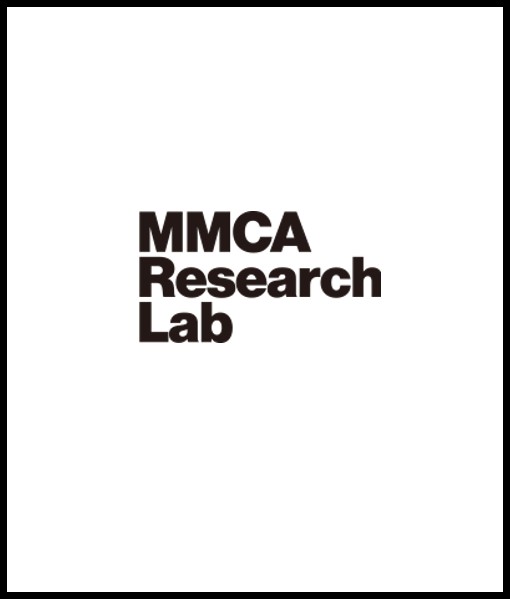
National Art Exhibition of Democratic People’s Republic of Korea
The National Art Exhibition of Democratic People’s Republic of Korea (DPRK) Arts Festival began on August 1, 1947 in Pyongyang to celebrate the second anniversary of Korea’s liberation from Japan on August 15, 1945. The DPRK Arts Festival is the largest and most prestigious total art event held in North Korea on the occasion of national holidays and consists of fields of literature, art, theater, music, and dance. As part of the DPRK Arts Festival, the National Art Exhibition is a comprehensive exhibition showcasing selected outstanding works by professional artists and art studio members in various forms of art. It was launched to develop art by publicizing the achievements of rapidly evolving North Korean art and cultivating thoughts and emotions of workers, but it has gradually focused on contributing to the ideologization of Juche (self-reliance). At the first exhibition in 1947, 193 works that received honorable mentions were displayed from among 525 entries, including oil paintings, watercolors, Eastern paintings, sculptures, and crafts. The second edition was held in August 1948. The third edition held in 1949 as a part of the DPRK Arts Festival to commemorate the fourth anniversary of Korea’s liberation featured 109 honorable mentions among 350 entries. Due to the Korean War, the fourth edition was held from August 13 through September 15 in 1955 at the Department of the Interior Club in commemoration of the tenth anniversary of Korea’s liberation. It presented a total of 370 works, including 194 paintings, forty-two sculptures, fifty-one craftworks, fifty-four graphic works, and twenty-one stage works, all of which were themed around unification and the construction of socialism foundations. North Korea’s National Art Exhibition is the most prestigious art exhibition held to commemorate the Day of the Sun and anniversaries of National Foundation Day. It is significant in that it covers all major fields of art and is meant to inspire and encourage artists to create.
-
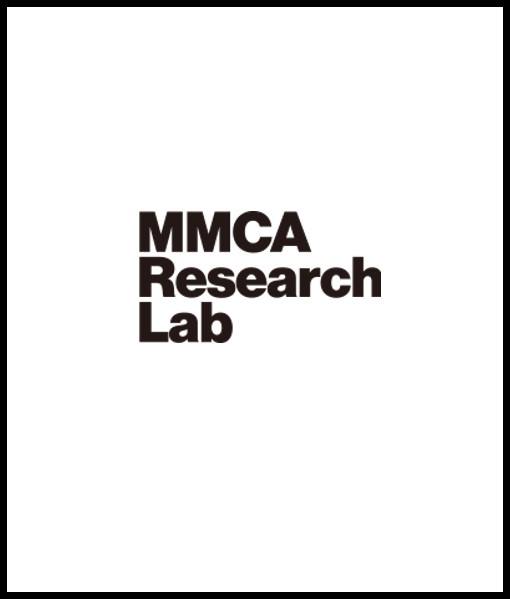
Gyeongbuk Art Exhibition
The Gyeongbuk Art Exhibition was a group exhibition organized by the Gyeongbuk Culture Construction Federation [Gyeongbuk munhwa geonseol yeonmaeng] and held from March 1 to 10, 1946 at the Daegu Public Hall. A Gyeongbuk regional branch of the Central Committee for the Construction of Korean Culture [Joseon munhwa geonseol jungang hyeobuihoe], the Gyeongbuk Culture Construction Federation was formed in early September of 1945 and included literary, art, and music alliances. Chu Kyung served as the chairman of the art alliance, and its members included Choi Hwasu, Park Myungjoe, Seo Dongjin, and Kim Byeonguk. They held the Gyeongbuk Art Exhibition in 1946 at the Daegu Public Hall in commemoration of the March First Independence Movement under the auspices of the Education Department of Gyeongsangnam-do Province and Daegu sibo newspaper company. The exhibition featured more than 100 works by artists who were active primarily in the Gyeongsangbuk-do region. In November of the same year, the art alliance of the Gyeongbuk Culture Construction Federation renamed itself as the Gyeongbuk Art Research Association and continued its activities. In April 1947, the second exhibition co-hosted by the Gyeongbuk Art Research Association and Daegu sibo was held with Eastern-style painting, oil painting, watercolor, drawing, and sculpture sections. However, no specific information about the duration of the exhibition or participating artists remains. After Korea’s liberation from Japan, in the art scene, both leftist and rightist prioritized the establishment of national art, joined in the formation of cultural federations centering around young artists, and held exhibitions by region. The Gyeongbuk Art Exhibition was one such example and a major group exhibition in the Gyeongbuk region that resumed after a period of stagnation during the Japanese occupation era in the early 1940s.





